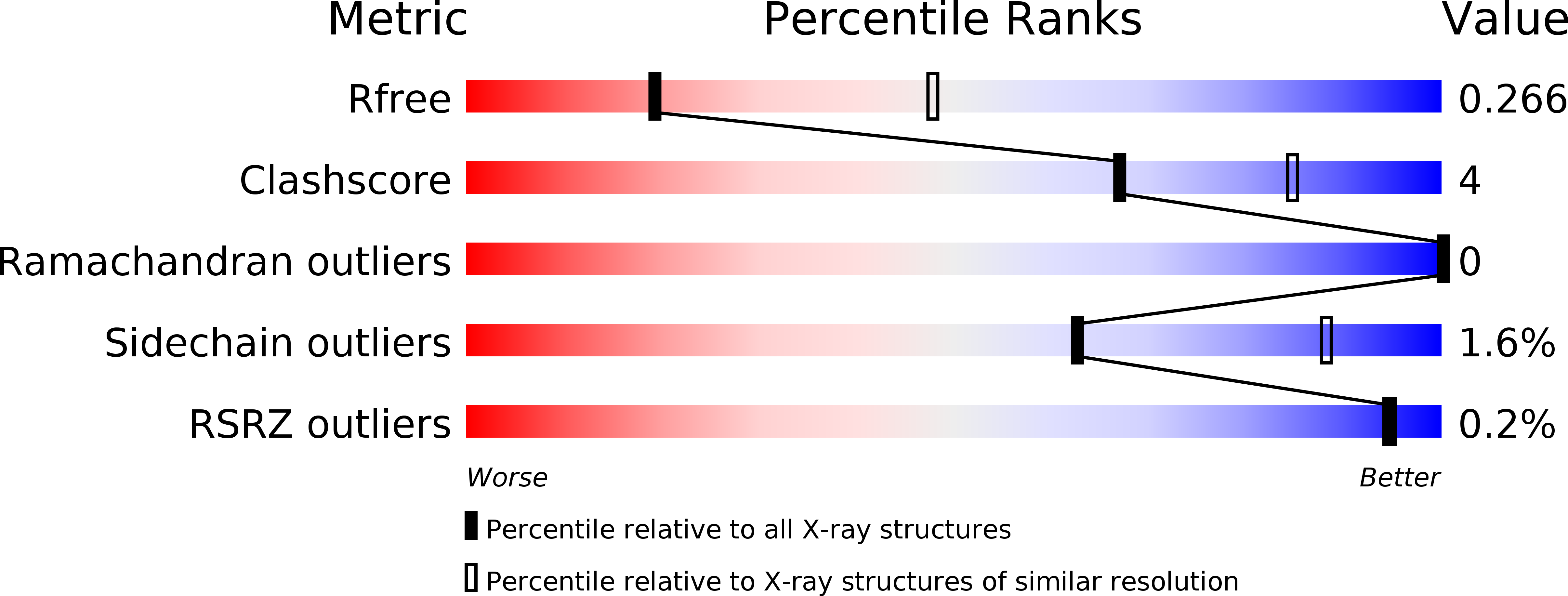
Deposition Date
2016-06-20
Release Date
2016-07-13
Last Version Date
2023-09-27
Entry Detail
Biological Source:
Source Organism:
Synechocystis sp. (strain PCC 6803 / Kazusa) (Taxon ID: 1111708)
Host Organism:
Method Details:
Experimental Method:
Resolution:
2.80 Å
R-Value Free:
0.26
R-Value Work:
0.22
R-Value Observed:
0.22
Space Group:
P 21 21 21


